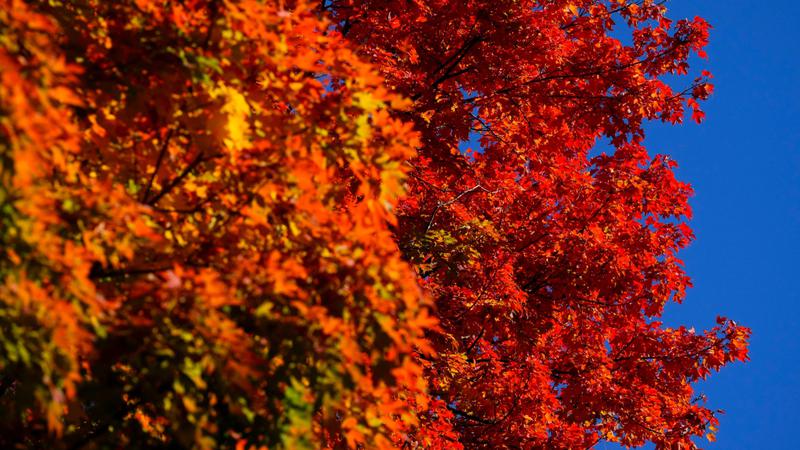
Canada’s dramatic summer weather has altered the fall colours this year: researchers
The customary reds, oranges and yellows of the trees, marking the arrival of fall, may have appeared early this year, or not at all.
The dramatic summer weather that brought wildfires in some parts of the country and heavy rain in others is being reflected in fall colours across Canada, researchers say.
In Nova Scotia, where summer started with forest fires and ended with stretches of overcast and stormy days, dull brown has replaced the vibrant hues usually seen this time of year in much of the province.
Mason MacDonald, an assistant professor of environmental sciences and agriculture at Dalhousie University, said the colours he’s seen so far this autumn don’t compare to the brilliant reds and oranges Nova Scotians are used to.


